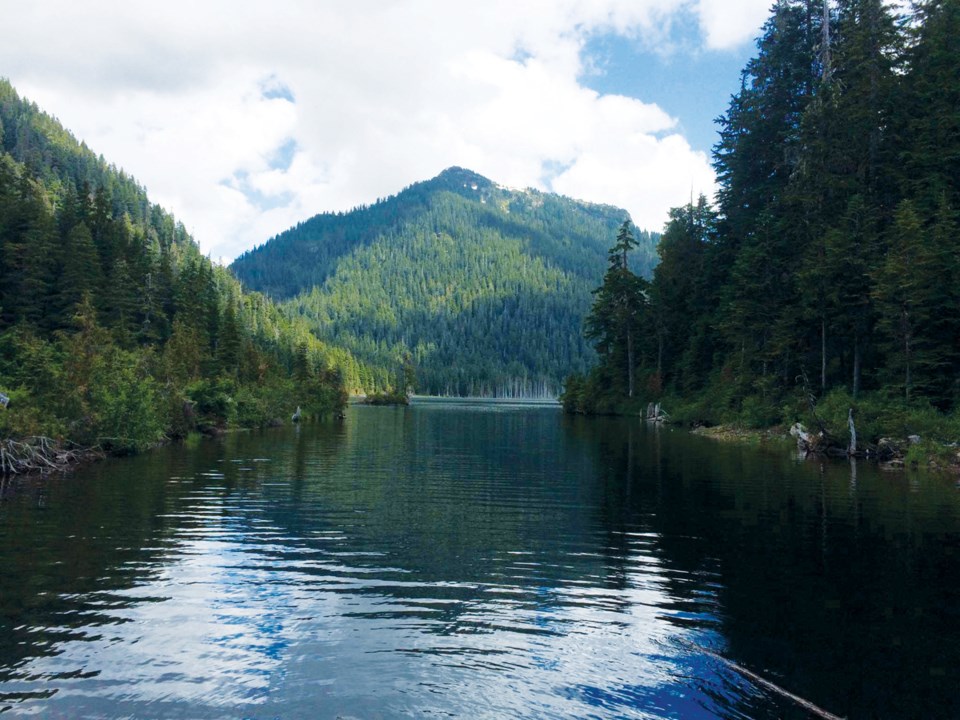Results from the Sunshine Coast Regional District (SCRD) snow survey are in and snow accumulation in the Chapman water system has exceeded the historic average by 70 per cent. But that won’t guarantee the Coast will enjoy a watery summer.
The April assessment is considered the most important for predicting how snowmelt will affect seasonal water supply. Between 1993 and 2017, the average snow depth in April was 272 centimetres. This year’s survey found 462 centimetres of snow at the two survey locations in Tetrahedron: Edwards Snow Course (1,070 metres) and Chapman Snow Course (1,022 metres).
But, according to SCRD staff, all that snow won’t necessarily prevent drought. “The snowpack this year was significantly higher than average, [but] predicted warmer weather than average undermines the potential benefits of the above-average snowpack for the SCRD for the supply this summer,” said Remko Rosenboom, general manager of infrastructure services, during the May 17 committee where the survey was discussed.
Snow measurements are taken once monthly and results of the latest survey, conducted May 1, show that accumulation had already decreased to an average of 370 centimetres at the Chapman location.
“I don’t want to be pessimistic but I think for me a reality check is that [given] the current warmer weather we should be bracing for another drought,” said West Howe Sound director Ian Winn. Environment Canada is predicting up to a 60 per cent chance of warmer-than-average temperatures on the South Coast from May to July.
Predictions for water supply may be more accurate this year, however, because for the first time real-time weather data will be transmitted from a weather station in the Chapman watershed, which will allow staff to track snow melt rates and how long it takes before melt water stops flowing into the Chapman system.
At the meeting, directors also unanimously voted to support the Town of Gibsons’ water licence application to the Ministry of Forest Lands, Natural Resource Operations and Rural Development for current groundwater use in Zones 1 and 2. Directors also voted to send a letter in support of Gibsons Mayor Wayne Rowe’s recommendation that the local governments establish a regional watershed management approach.
Staff also updated directors on their efforts to establish a water sourcing policy, which will be used to guide how “the current and future long-term water demand would be met using the available sources.” The policy will be developed once more information is gathered about water demands and population growth, the siting and design of a water reservoir and availability of groundwater.



